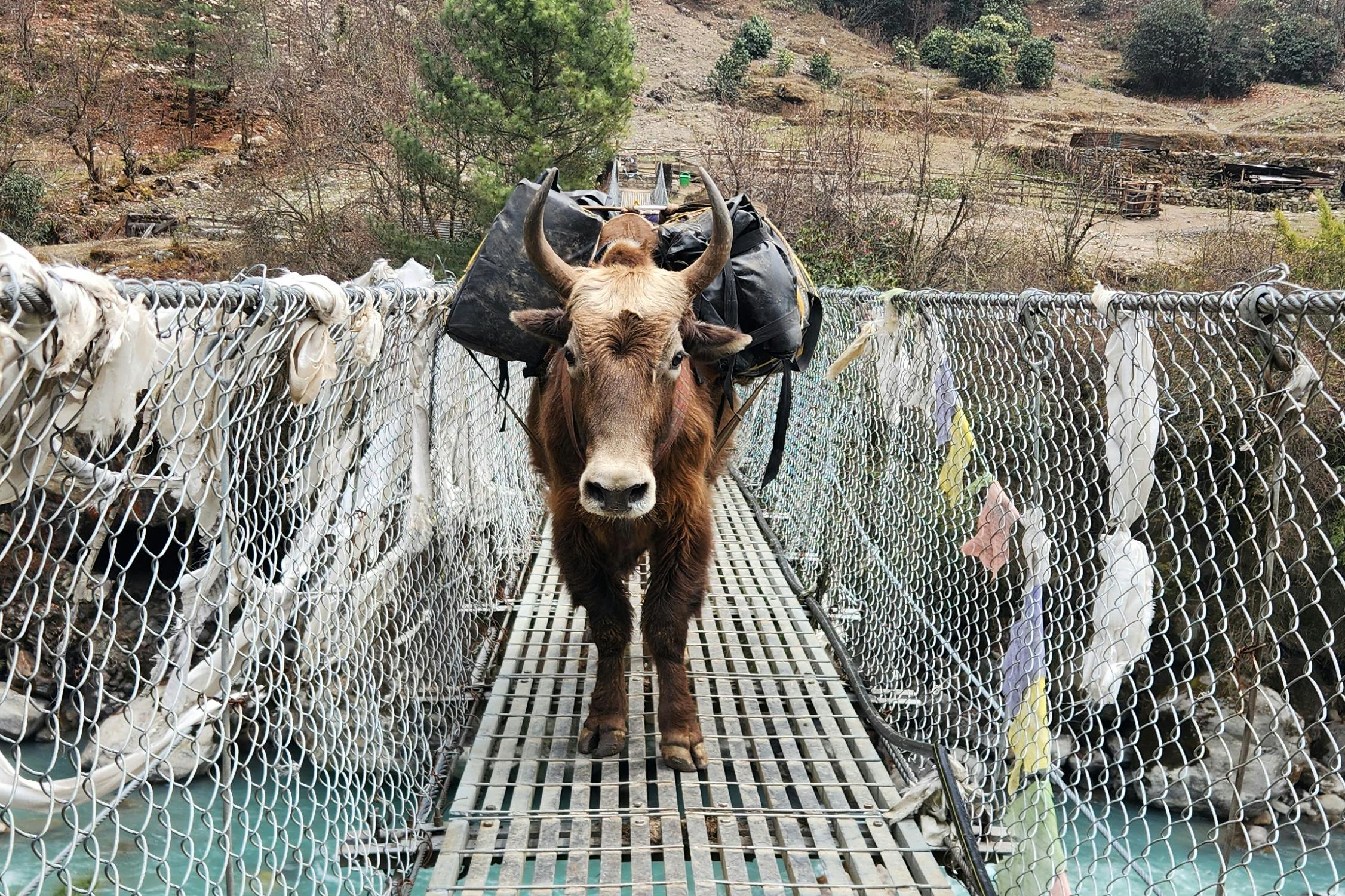Everest Base Camp Trek
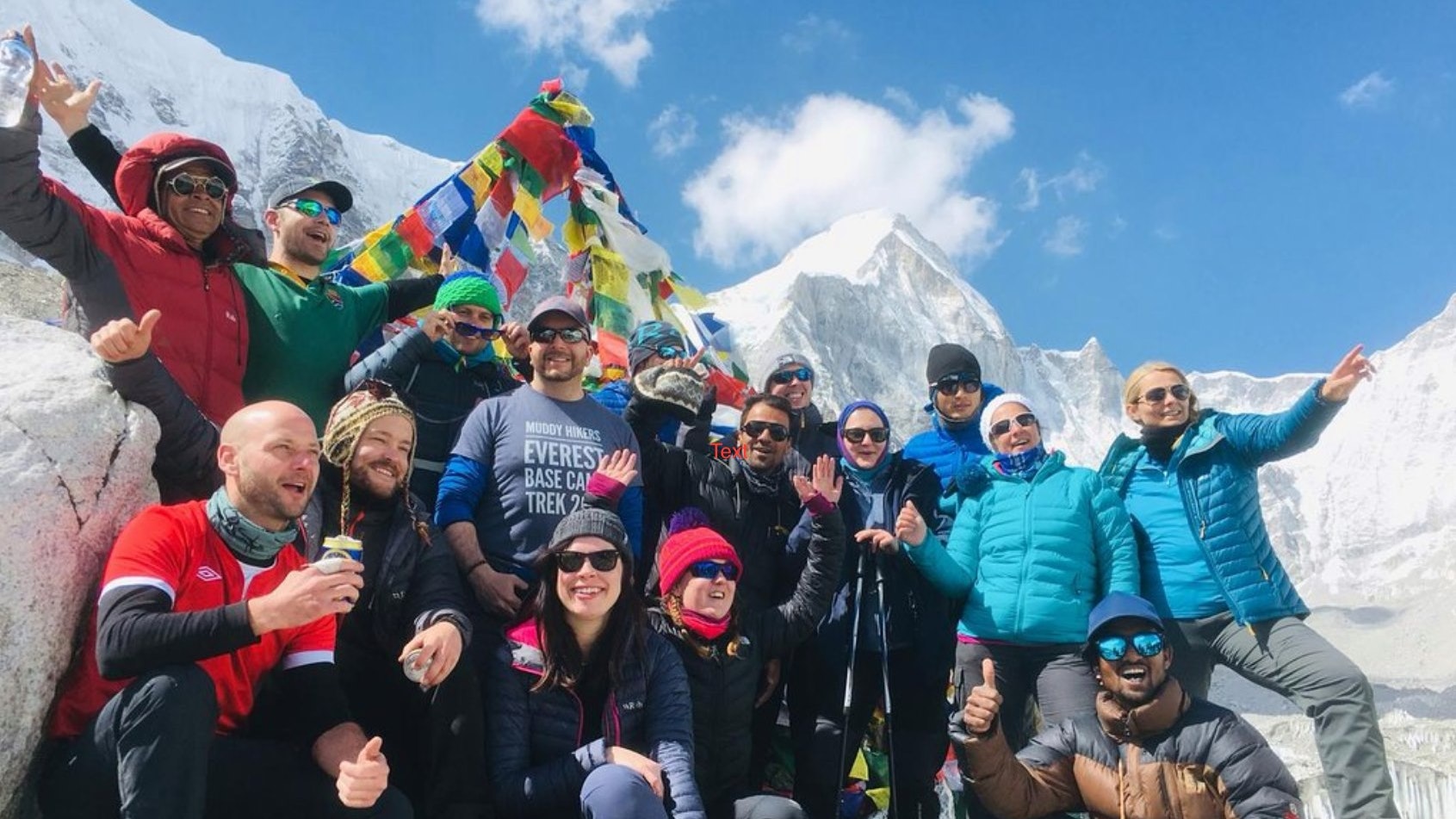


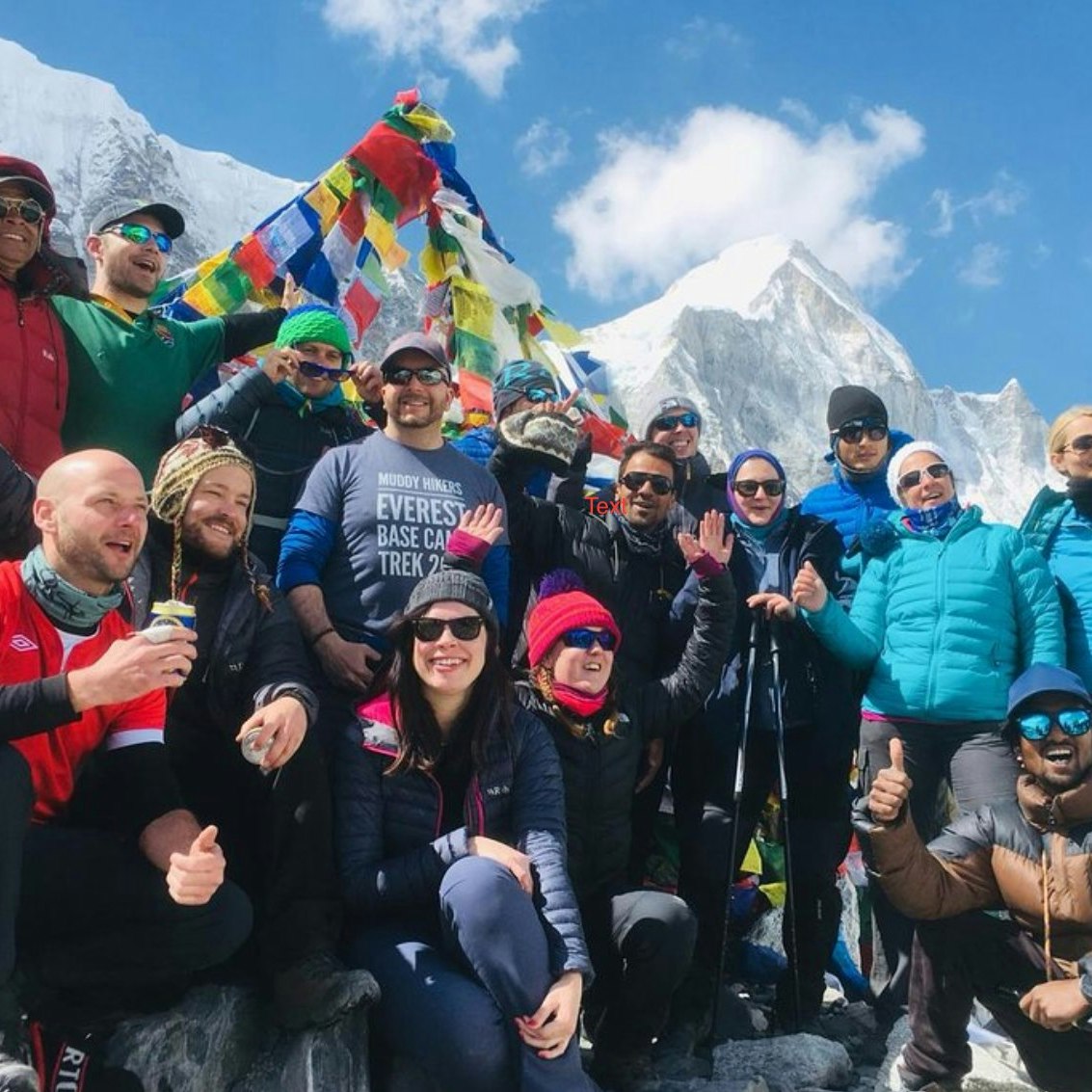
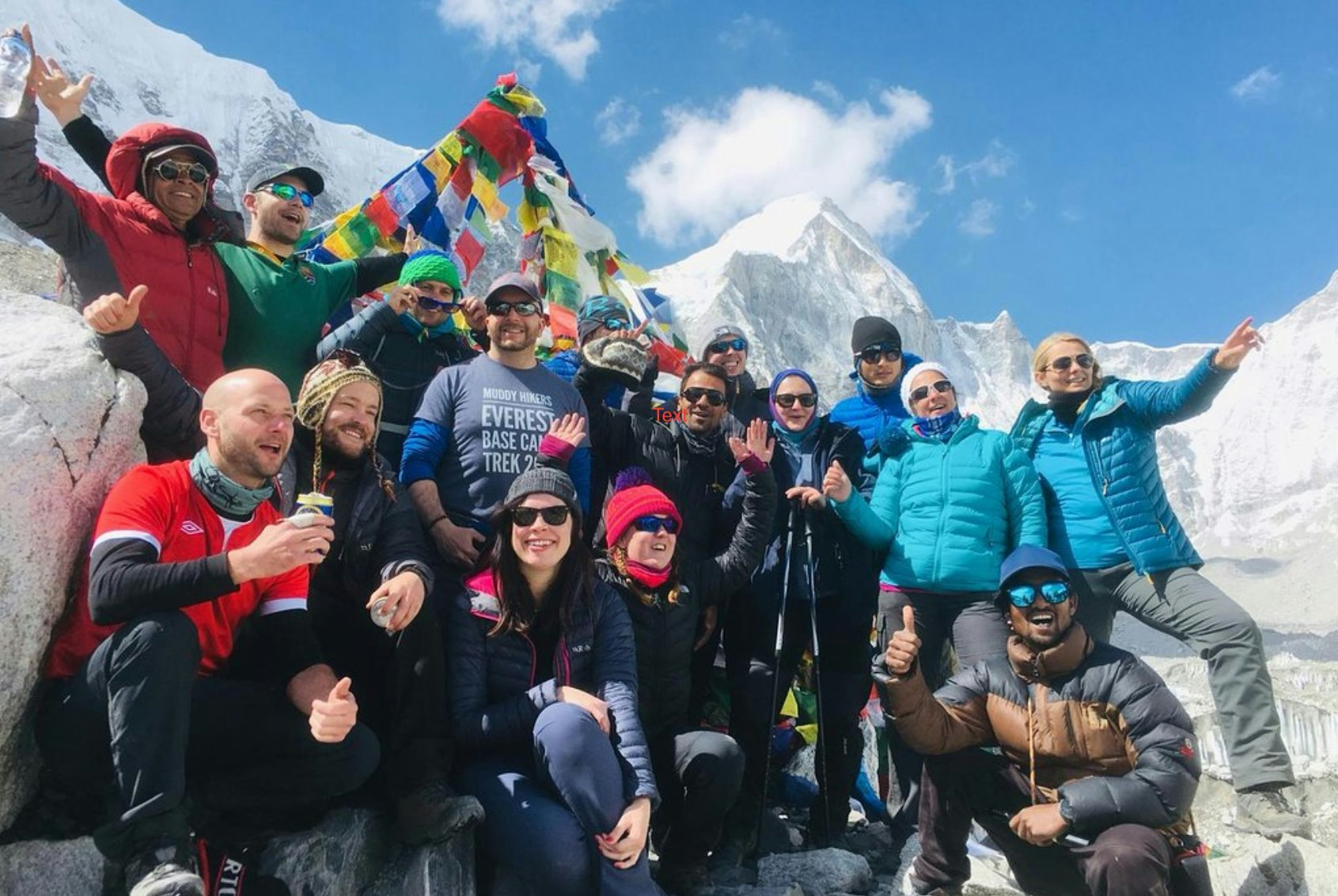
This trip is led by Jagan and the guiding team in Nepal.Meet your guides.
Itinerary
Arrive at Tribhuwan International Airport in Kathmandu, where you'll receive a warm welcome from your Host. You'll be transported to your accommodation and check-in for the evening.
After check-in, you might have some free time to relax or to do your own exploring in the vibrant Thamel district, a renowned tourist spot. Stroll through the marketplace to browse local goods and buy souvenirs to take home.
In the evening, an authentic Nepali dinner awaits at a renowned local restaurant. Over dinner, your trek guide will give a full briefing about the upcoming journey.
Following a good breakfast, we'll take a picturesque drive through the hills and valleys to Manthali, the gateway to Mount Everest.
Tonight we rest in Manthali, recharging for the experience ahead.
Drive time: 5hrs
Start the day with a short flight from Manthali to Lukla, situated in the heart of the Everest region.
Today is the first day of trekking in the Nepalese Himalayas. Cross through the village of Lukla, walking along the Dudh Kosi River until you arrive at Phakding. Here, you'll find a cluster of monasteries well worth a visit.
Flight time: 25mins
Hiking time: 4hrs
Today, we cross a series of suspension bridges (including the renowned Hillary Suspension Bridge) on our way to Namche Bazaar. Expect some tough uphill, with an exhilarating reward - your first glimpse of Everest.
Hiking time: 5hrs
Today is a well-deserved rest day when you can explore notable landmarks in the region.
Our itinerary includes a hike to a panoramic viewpoint, where you'll enjoy breathtaking vistas of Mount Everest, Ama Dablam, Thamserku, and Lhotse, among other prominent peaks. You'll also stroll through the Khumjung Valley to visit the Hillary School and Khunde Hospital.
Today we trek to the enchanting village of Phortse. This scenic route provides an insightful glimpse into the rich life and culture of the Sherpas. Phortse, our resting place for the night, has a large community of Sherpas who have successfully summited Everest.
Hiking time: 4hrs
Today is a 7hr trek covering approximately 12 km to reach Dingboche. Along the way, spot the patchwork of small fields enclosed by stone walls, which protect crops against the cold winds.
Enjoy the spectacular views of towering peaks on the eastern end of the valley. Weather permitting, watch the sunset cast a warm glow on prominent peaks like Ama Dablam and the south face of Lhotse.
Hiking time: 5hrs
A second acclimatisation day, you can go on optional excursions to Nagajun Hill or Chukung village. These side trips offer panoramic vistas of several peaks, including Ama Dablam and Makalu, set among serene lakes and glistening glaciers.
We overnight in Dingboche, ready to embrace the adventures that await.
On this day we trek to Lobuche, a remote enclave where you'll find stone houses standing in a frozen expanse of breathtaking beauty. It's an exciting day, and you can't help but feel anticipation at how close it is to Everest.
Hiking time: 5hrs
Start the day with your Head Guide leading you safely through the intricate terrain of the Khumbu Glacier. Soon, you'll stand in awe of the formidable Khumbu Icefall and the majestic South Face of Everest.
Our ascent continues to Gorakshep, from where we trek to the Everest Base Camp. After spending a bit of time at Base Camp, we return to Gorakshep, where we will spend the night reflecting on the extraordinary achievement of the day.
Hiking time: 7hrs
Early in the morning, we ascend to a vantage point where you'll witness the grandeur of Everest and its neighbouring peaks at sunrise.
Then, we're ready to descend to the flat, sandy terrain of Gorakshep. Our journey then ascends once more, leading us to the summit of Kalapathar. It's a vantage point where you can enjoy the views of Everest and the surrounding mountains.
We end the day by trekking down to Pangboche, where we spend the night.
Hiking time: 7hrs
Our journey continues, guiding us on a gradual descent through stunning mountain landscapes.
Leaving behind the pristine alpine meadows, we trek through Phunke Tenga to our overnight spot in Namche.
Hiking time: 7hrs
Following a restful night in Namche, we start our descent towards Lukla. Along the way, the path guides us through enchanting forests of rhododendron and pine.
En route, we'll visit a Sherpa village, where we can express our gratitude and bid farewell to the local team and staff who have supported our expedition.
The final bit of the trek gets us to Lukla, where we will spend the night.
Hiking time: 6hrs
Today is our final day in the Khumbu region. We catch our return flight to Manthali, followed by a scenic drive back to Kathmandu, concluding our mountain expedition.
Back in the capital city, you can relax or do some last-minute shopping. In the evening, we gather to celebrate our Himalayan adventure over a final dinner.
Flight time: 25mins
Drive time: 5hrs
Our team will take you to the airport around 3hrs before your scheduled flight departure. With our best wishes for a safe and pleasant journey back home, we bid you farewell and express our gratitude for choosing us as your adventure partner. Until we meet again, farewell.
Your Guides
This adventure is led by a highly experienced Nepalese guiding team with deep roots in the Himalayas. Founder, Jagan, is a renowned mountaineer who began his career as a porter in 1998. He worked his way up to become a highly respected mountain leader and has summited Mount Everest along with over 25 other Himalayan peaks. Trained by the National Outdoor Leadership School (NOLS) in Alaska, Jagan is also a skilled outdoor instructor, accomplished trail runner, and winner of the grueling 1,600 km Great Himal Race in 2017. Joining him is a team of veteran trekking and climbing guides, many of whom began their careers as porters. Their collective experience spans thousands of kilometres of trails, from the Annapurna Circuit to the high passes of Everest, with qualifications ranging from wilderness first aid to advanced mountain rescue.
Guide qualifications and affiliations
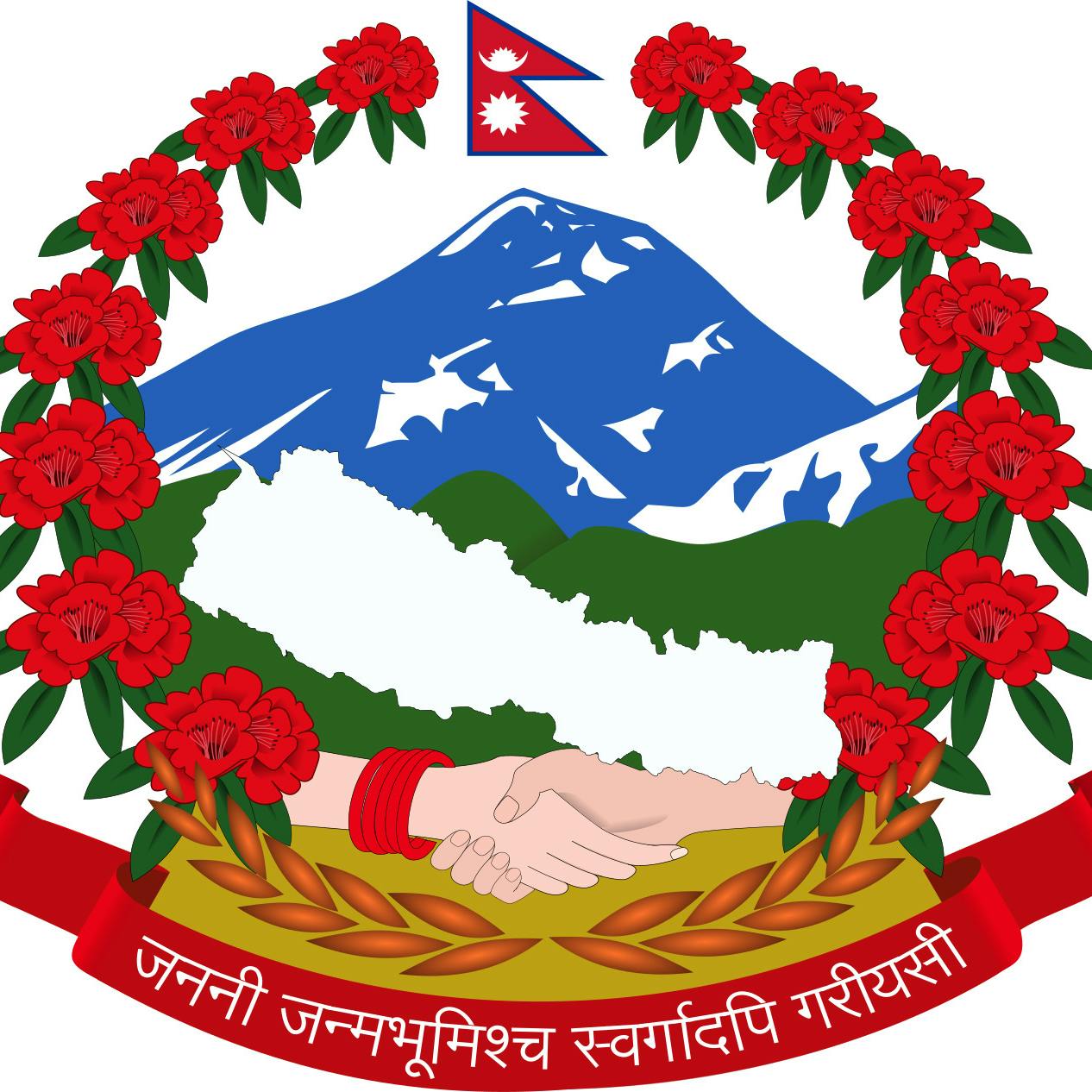
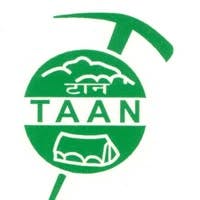
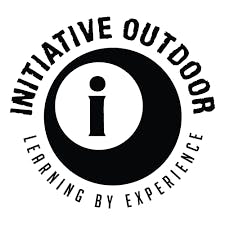
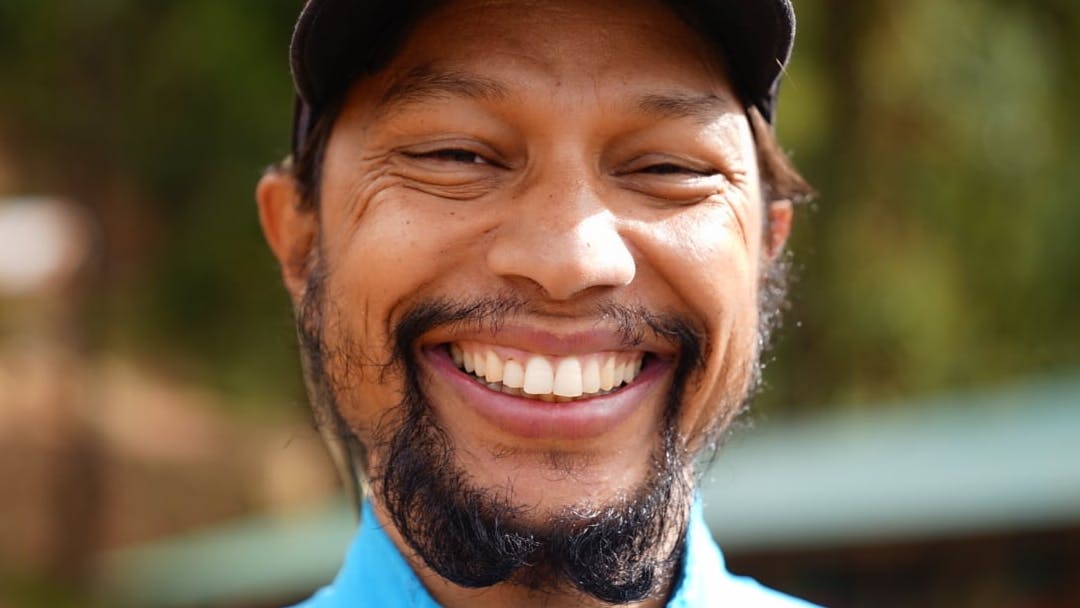
Guide qualifications and affiliations



What's Included
Included
- Professional trip leader, assistant leader based on group size.
- Personal porter to carry backpack.
- Airport transfers: Tribhuvan International Airport to Thamel (Arrival) and Thamel to TIA (Departure)
- Private return transfer from Kathmandu to Manthali.
- 3-star accommodation at Kathmandu (2 nights).
- Tea house accommodation on trek (11 nights), tented camp at Manthali (1 night).
- National Park entrance fee and permit.
Not Included
- International flights to/from Kathmandu.
- Food: Purchase meals from the teahouses along the route.
- Personal expenses, snacks, internet, hot shower.
- Tips & gratuities.
- Visa to Nepal.
- Personal travel/rescue insurance (see FAQ).
- Personal trekking gear.
Rated 5.0
110 verified reviews
Yadav
(Nov 2025)
Xavier
(Nov 2025)
Seema
(Nov 2025)
RANEL
(Oct 2025)
Killian
(Oct 2025)
J
(Oct 2025)
Ieva
(Oct 2025)
Daniel
(Sep 2025)
FAQs
Before you go
Everest Base Camp requires you to trek at altitude for up to 8 hours per day, with a small 5-7kg rucksack. We recommended to train with long hikes and/or a sport of your choice (e.g. jogging).
Currently, all foreign nationals (except Indians) require a visa to enter Nepal. Visas are obtainable from embassies abroad or on arrival at Kathmandu's Airport. If getting the visa at the airport, be prepared for long queues. You will also need to pay US$30 for 15 days and $50 for 30 days visa. For a smooth immigration experience, please make sure to carry the visa fee in cash.
Documents: • Passport • Travel insurance details • Boarding passes for flights • Cash USD • Credit/Debit Card (ensure you have $500 on your card in case an emergency helicopter evacuation is needed) Sleeping: • Sleeping bag • Sleeping bag liner (optional) Footwear: • Trekking boots: 3 or 4-season lightweight • City footwear (e.g. sandals) • Shoes for the plane and tea houses (optional) Clothing: • Base-layer t-shirts (e.g. running t-shirts) • Fleece/windproof jacket • Waterproof jacket • Down jacket for warmth • Travel clothes and city wear • Underwear • Base-layer trousers (optional) • Waterproof trousers • Trekking trousers • Trekking shorts (optional) • Thick wool mountaineering socks • Lightweight and breathable trekking socks • Gloves and wool hat *Please make sure that you have non-cotton clothing for trekking. Other: • A daysack: 35 litres • A duffel or rucksack with straps to go over your back (max 8kg of weight for porters to carry) • Dry liner or dry bag • Water bottle/thermos: At least 2L worth (we recommend Nalgene bottles). • Sunglasses • Suncream • Personal medication – inhaler, blister pads etc • General toiletries, contact lenses, glasses (if needed) • Towel • Electronics - head torch, travel adaptor, phone & charger • Lipsil • Book • Headphones • Travel wash • Hand sanitiser, wet wipes
For this trip, there needs to be at least 2 pax booked onto a date to confirm departure. Your host will confirm the trip with you 3 months before the departure date. In the case that there aren't any bookings on a date, your host will offer you an alternative date. Or, they can quote you to upgrade to a solo, private trek. If none of those options suit you, you can request a deposit refund.
The currency used in Nepal is the Nepalese Rupee (NPR). You are unable to get NPR outside of Nepal, and therefore you will need to get it when you arrive. Most people withdraw money from ATMs while in Kathmandu. Please check with your bank in advance that they allow withdrawals/transactions. Ideally, bring 2 cards to be safe. Alternatively, you can bring US dollars (or euros) and exchange them on arrival. It's recommended to exchange currency at the hotel, you'll get a better rate than at the airport. Please Note: If using your card directly in Nepal, then you will often be charged a 4% service charge. Many places outside of Kathmandu and in the mountains will not accept cards, so it's important to take out cash in Kathmandu for the trek.
The minimum age for this trek is 18 years, or 16 years with a parent or guardian. We can usually accommodate teens below this age on a private trek, provided they are accompanied by their parent or guardian. Get in touch with us if you'd like a quote.
You can arrive at any time on the start date of your trip, and we'll pick you up from the airport. We recommend you fly out on the afternoon of the last date of your trip, as the internal flights the day before can be delayed in poor weather. It will be even better if you can add one or two days in Kathmandu before and after your trek. This will add some more flexibility in the event of weather-caused flight delays. You can see the itinerary on your dashboard after booking, with the specific dates for your trip. Note: In the event of flight cancellations, a helicopter flight back to Kathmandu is often possible. This will be at your own expense. Please make sure you are insured and that your insurance covers flight cancellations and helicopter evacuations in Nepal.
Yes! Travel insurance for trekking in Nepal is essential and protects you in the case of unforeseen circumstances including cancellations, injuries, equipment loss, flight changes and other events that could negatively impact your trip. For EBC, travel insurance should also cover emergency helicopter evacuation. We suggest looking into specialist adventure travel insurers like [Rise & Shield](https://riseandshield.com/). They cover 100s of activities and are easy to deal with if you need to make a claim. They also cover unique scenarios, like trekking at altitude or emergency evacuation in hard-to-reach places, that ordinary travel insurance doesn’t cover. It's your responsibility to carefully check the details of your policy to ensure that you're covered for the specific activities you'll be carrying out.
On your trip
It is customary in Nepal to tip guides and porters. You can give any tips to your lead guide at the end of your trip, which will then be shared with the whole team. As part of our transparency initiative, the lead guide will distribute the tips to the guides and porters in your presence. A good rule of thumb is to budget around US$150 in total for tips, although the amount you give is entirely your choice.
Any extra luggage that you are not taking with you on the trek can be stored at your hotel free of charge.
To be sure that you make your trek or return from it, it may be necessary to make the flight to/from Lukla by a chartered helicopter. Helicopters can operate in some weather that aircraft cannot. In the case that a helicopter is needed, it will be at the expense of the travellers and can cost upwards of $600/person to/from Lukla to Manthali/Kathmandu. Please make sure you have travel insurance, and we recommend speaking to them to check they cover this scenario. While weather delays do occur, they're usually temporary. The norm is to simply wait for a later flight time. If a helicopter does become a more viable option, a collective decision will be made by the group on how to proceed.
Day 1: Arrival, no hiking. Day 2: transfer to Manthali, no hiking. Day 3: Distance: 10.5km. Ascent: 290m. Descent: 530m. Max altitude: 2868m, 4 hours Day 4: Distance: 10.9km. Ascent: 1080m. Descent: 435m. Max altitude: 3440m, 7-8 hours Day 5: Distance: 5.9km. Ascent: 480m. Descent: 480m. Max altitude: 3880m, 5 hours Day 6: Distance: 10km. Ascent: 970m. Descent: 550m. Max altitude: 3810m, 5 hours Day 7: Distance: 12km. Ascent: 810m. Descent: 350m. Max altitude: 4410m, 6 hours Day 8: Distance: 7.4km. Ascent: 425m. Descent: 425m. Max altitude: 4825m, 4.5 hours Day 9: Distance: 11.2km. Ascent: 720m. Descent: 170m. Max altitude: 4914m, 6 hours Day 10: Distance: 13.9km. Ascent: 582m. Descent: 283m. Max altitude: 5364m, 10 hours Day 11: Distance: 26km. Ascent: 534m. Descent: 1635m. Max altitude: 5550m, 12 hours Day 12: Distance: 16.2km. Ascent: 240m. Descent: 610m. Max altitude: 39100m, 6 hours Day 13: Distance: 20.2km. Ascent: 965m. Descent: 1370m. Max altitude: 3440m, 8 hours Day 14: Flight to Manthali and transfer to Kathmandu, no trekking. Day 15: Departure day.
Meals and snacks are not included. You can purchase food from the teahouses along the route. There's generally a good variety of meal options. We recommend sticking to vegetarian options while you trek, to avoid risking an upset stomach. Meals in the tea houses cost about 600-900 rupees ($5-$7). Hot drinks from 150-300 rupees ($1-$2.5). We recommend you allow around US$350-$700 for meals and drinks on the trek.
The supporter will carry up to 12 kg for you, following recommended safe loads.
You stay in hotels in the city of Kathmandu and tea houses while on the trek. The hotel will be 3 stars, and you stay in a twin shared room. A single supplement is available if you want your own room (you can request this on your trip form after booking). The hotel has showers and intermittent internet access. The tea houses are in remote locations. Accommodation here is on a twin-sharing basis. You'll be paired with someone of the same sex from the group. Some tea houses are very basic and have squat-style toilets, and the showers do not always offer warm water. Most tea houses will charge a small fee for hot showers (between 500-700 rupees). Meals are available from all tea houses, but please be aware that the food has been carried up there by porters, so it becomes a little more expensive as you get closer to base camp. Some tea houses do have access to the internet for a small fee (300-500 rupees), but it can be slow and unreliable. In Mathali, you'll stay in a tented camp on a twin-sharing basis. A single supplement is available, subject to availability.
The minimum number of groups is two, and the maximum number is 14, our average group size is 5.
Yes - there is far less oxygen as you get to higher altitudes on the trek. For most people, this means that you will find trekking more challenging, and the guides will set a slower pace to adjust to this. The itinerary is designed to allow plenty of time for your body to acclimatise, with several rest days. However, everyone reacts to altitude differently, and you may experience some symptoms of altitude sickness (e.g. headaches or nausea). The guides are trained in high-altitude first aid and will also ask you to let them know if you experience any symptoms. In extreme cases, altitude sickness can prevent you from continuing your trek, and in this case, the guides can arrange for you to descend quickly (by foot or by helicopter). Your safety is always the number one priority.
While on the trek, you have a few options for water. You can buy bottled water from the tea houses, or you can fill up from the tap. If filling up from the tap, be sure to use the free purification tablets. Please carry them along with you on the trek. Bottled water can be quite expensive to buy (up to 100-150 rupees), and the price increases as you trek higher.
The weather can change rapidly, and the guides may be forced to change the trip itinerary accordingly. Travellers need to be prepared for all weather conditions. For more information, please read the kit list provided. Low Season (End Nov - March) Daytime temperatures will be cooler, and the nights will be very cold. The days can bring winter storms, with regular snowfall above 2500m. Domestic flights are difficult at this time of year. Monsoon (Jun – Mid Sep) Temperatures are hot, with heavy rainfall almost every day. Trails can be very muddy, with frequent thunderstorms and high winds. Trekking season (End Mar-May & Mid Sep – End Nov) The most popular time to trek with mild – warm days and cold nights. The mornings tend to be clear, with some short rainfall in the late afternoons. In the higher altitudes, the temperatures often drop below freezing in the evening. At Everest Base Camp, the temperatures can drop as low as -15°C.
When travelling in countries such as Nepal, it's important to maintain vigilance with hygiene and food safety. Bring plenty of hand sanitiser. It may be a good idea to consider going vegetarian when you are trekking to Everest Base Camp. It is not uncommon for meat to be carried up to the Tea Houses for a few days in the hot sun.
Flights go from Ramechhap to Lukla. Because of the ever-changing weather, your internal flight may be cancelled or delayed for safety reasons. In this instance, your guides will book you onto the next available and safe flight at no extra cost. You will, however, be required to pay for accommodation at the hotel for any additional nights not noted on the itinerary. So we recommend having travel insurance that covers delayed flights. The internal flight is included in the cost of your trip. It is important that you provide your passport information after booking, which you can do in your trip form, so that we can book the internal flights for you. Internal flight tickets are issued locally and will be given to you prior to the flight departure. In the event that the flights are cancelled on days 3 and 4 of your itinerary and no helicopters are available, it will not be possible for you to ascend to Everest Base Camp safely and with the required acclimatisation stops. In the unlikely event that the above does happen, the group will be taken on the Annapurna Base Camp trek, which requires no internal flights. Annapurna Base Camp is also a 16-day itinerary which reaches a maximum altitude of 4,130m, starting in the beautiful city of Pokhara.
Your accommodation will be arranged in a 3-star hotel: Hotel Holy Himalaya or similar in Thamel, the tourist hub of Kathmandu.
Other FAQs
You can see the latest NHS advice at https://www.fitfortravel.nhs.uk/destinations/asia-east/nepal
Yes! There are multiple places to rent trekking gear in Kathmandu. If you need to hire equipment, we offer assistance to source rental gear when you arrive. Generally, prices are as follows; - Sleeping bags, down jackets, and duffel bags: around USD 2 per day. - Trekking Poles; around USD 1 per day. Please send us a message if you have more questions about renting gear.
Many different ethnic groups coexist in Nepal, and as a foreigner you may be an object of curiosity. You may find that in certain places, the locals will want to talk to you or take pictures with you. You will almost certainly be subject to a bit of hustle and hassle in Nepal, getting a dose of it immediately when you arrive in the airport. Nepal has a haggling culture, with almost every monetary transaction (outside of hotels and restaurants etc) involving haggling. You will likely see beggars in Kathmandu. This can include children. Please be vigilant with your valuables, especially when in the city.
Have a question
If you have any questions about this trip or want to speak with an expert, get in touch. We're ready to help.



Why Skyhook?
Join over 27,000 Skyhook adventurers who've used our platform to book directly with our vetted local guides, at local prices (we never markup).
Expert Local Guides
Experienced local guides, handpicked by us.
Best Prices
Never pay a markup on the local guide's price.
Exclusive Club
Earn loyalty rewards every time you travel.
Great Social Vibes
Small group tours provide a richer experience.
Stellar Feedback
Over 3,000 reviews, average of 4.9/5 stars.









